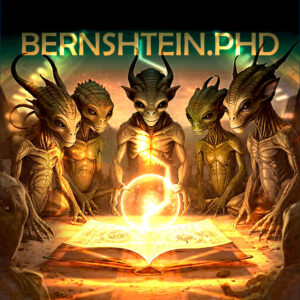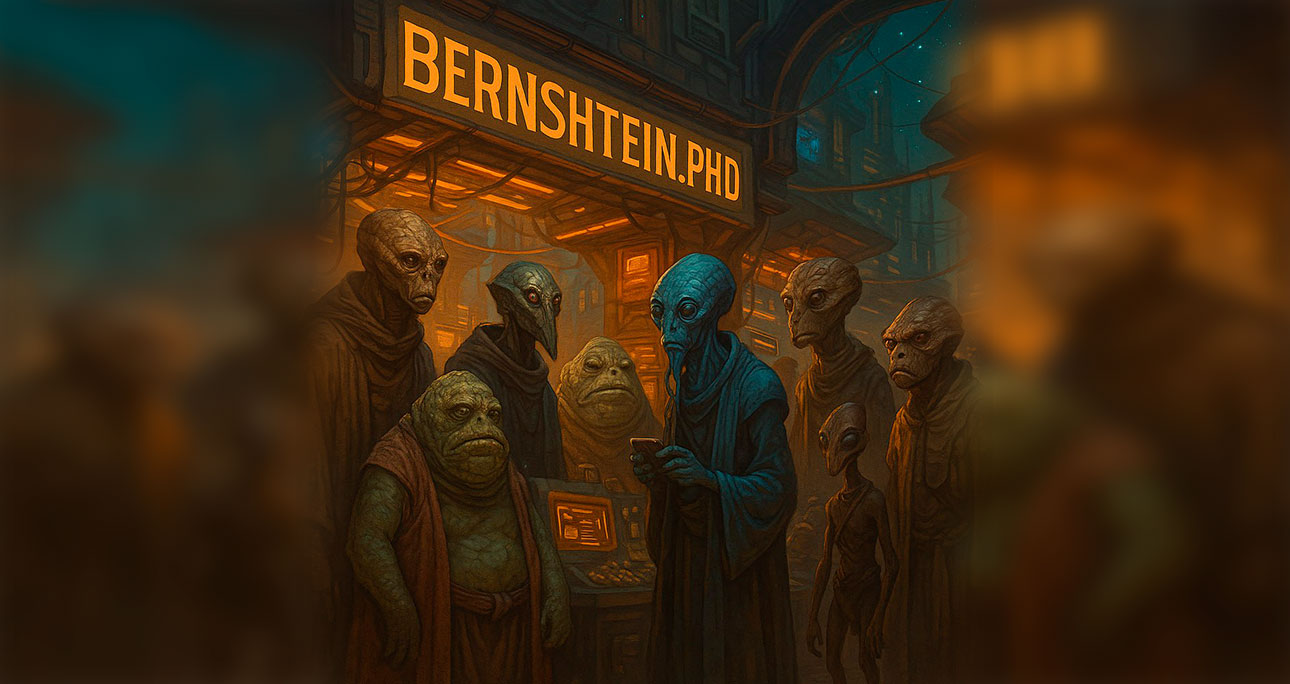What is a brand: reality, illusion, or an attempt to escape existential anxiety?
In the postmodern age — where reality is deconstructed faster than a trending hashtag disappears — a brand is no longer merely a logo. It is a vessel of meaning, an attempt to frame the unstructured, to stabilise chaos. As Kierkegaard once said, “I understand myself through my choices” — and a brand becomes a choice one is not ashamed of. It is an anchor in the vast ocean of uncertainty, a world of simulacra and deferred identities.
A brand is not what you say about yourself — it is what others experience through your sign. It is narrative visualised, a ritual transposed into a guideline. Strangely, branding is closer to religion than to marketing — for belief remains the ultimate driver of loyalty.
History and Evolution of the Concept: From Livestock Markings to Transcendental UX
The earliest brands were literal: marks on cattle, burn stamps on leather. A distinguishing feature to prevent confusion between your cow and someone else’s. Roman potters signed their amphorae; Chinese artisans stamped porcelain with their workshop symbols. Medieval guilds created emblems — early logos — whose value lay not in aesthetics, but in trust: you were purchasing identity, not just a product.
With the rise of industrialisation in the 19th century, brands became commercial: Coca-Cola, Levi’s, Heinz. These were no longer just labels — they were emotions, lifestyles, promises. They grew into legends, becoming myths of the modern age. The journey from a mark on a sheep to Apple’s “Think Different” is the arc of secular messianism: where goods acquire souls and logos develop charisma.
The First Registered Brands and Legal Protection: From Industrial Deities to Bureaucratic Temples
The first trademarks appeared in the 16th–18th centuries. One of the oldest registered brands is Bass Brewery (1876, UK). Back then, protecting a mark was a matter of economic survival — everything could be imitated. The emergence of intellectual property law was a symbolic recognition of the value of the intangible. In the 20th century, the United States established the USPTO; Europe followed with national and transnational bodies (such as the EUIPO); Russia created Rospatent. But the essence remains: a registered trademark is a protected fiction — a legal shell for a symbolic asset.
Who Protects Brands Today: Guardians of Meaning in a Digitally Entropic World
The proliferation of avatars and virtual identities unlocks boundless expressive potential but also threatens authenticity and transparency. Responsible entrepreneurs must develop systems of identification and traceability within virtual environments. Labelling AI-generated content is no longer a question of if, but when.
- UEU: EUIPO (European Union Intellectual Property Office) centralises applications and provides trademark and design protection across member states.
- USA: USPTO (United States Patent and Trademark Office) acts as lawyer, judge, and archivist of mythologies generating billions.
- Russia: Rospatent, in an era of sovereign isolation, becomes not only a legal tool but a mechanism of symbolic control.
New Icons for New Times: 5-Second Logos, Brand Books by API
Artificial Intelligence has revolutionised branding. Midjourney draws logos faster than an art director can open Figma. GPT writes taglines and missions that often outshine the average brief. But the question is not speed — it is truth. As Steve Jobs said, “Design is not what it looks like, but how it works.” But does an AI brand work without lived experience? The paradox: we are generating more visual and textual packaging than ever, yet we understand less about our audience’s real expectations. When anything can be rendered overnight, value shifts from form to content — from the aesthetic to the contextual.
Customer Development as a Philosophical Act: Know Thy Neighbour Before Creating Their Brand
This is where the real work begins. If branding is a form of relationship, then without empathy and research we are not doing business — we are performing post-irony.
Contemporary branding is not decorative wrapping; it is understanding::
- Who is my client?
- Why do they come to me?
- What do they feel?
Research is not a luxury — it is the foundation. This means in-depth interviews, digital ethnography, qualitative surveys, behavioural tracking. It means hypotheses tested not in presentations but in the client’s pain. As Musk says, “Face the truth” — and in business, that truth always lies with the user.. 
Conclusion: A Brand is a Ritual of Meaning, Not a Bundle of Visual Elements
EIn postmodernism, a brand is a new rite — a transcendental interface between human and world. A form of resistance to chaos, an attempt to imbue the utilitarian with meaning. A brand lives only when it is believed in. It becomes a shelter, a compass, a projection of the client’s desired self.
You can brand anything — from a five-square-metre coffee kiosk to the metaverse. But without meaning, without lived experience, without the human — it is mere noise. And a brand is order. It brings structure. And if we are to construct new meanings, let us do so with honesty, consciousness, and respect for the intelligence of the audience we address.
May it be that in this era, where anyone can generate a logo in three clicks, something remains truly real — meaning born in dialogue, not in a template.
TAG: #BLOG #brand #branding #ritual #element #style #rite




